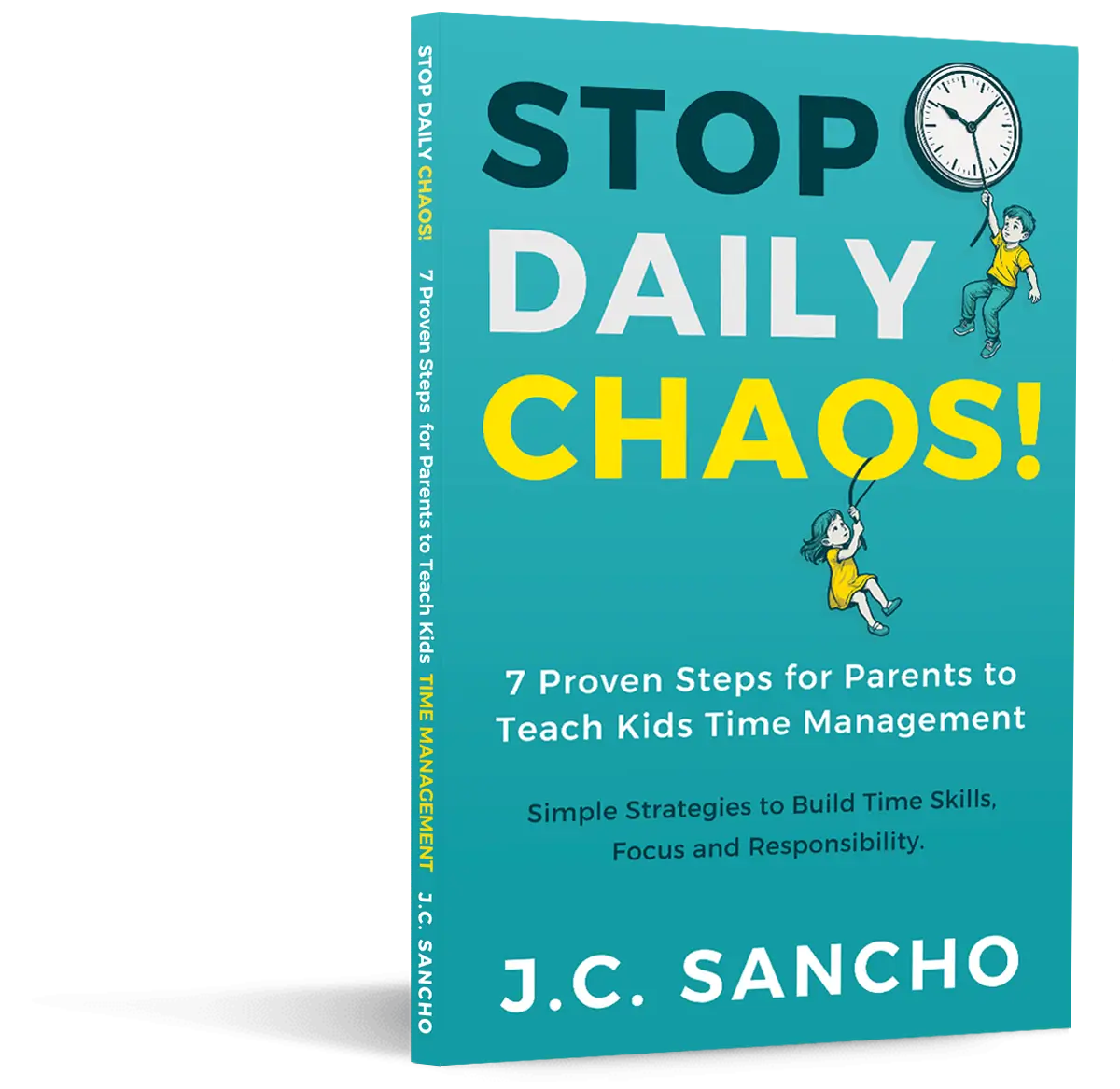Parents often imagine quiet moments curled up with books, only to face reality: groans, excuses, vanishing acts, and endless resistance. Many children struggle with reading motivation, but reluctance does not reflect laziness or disinterest in learning. It reflects a mismatch between skill, confidence, environment, or experience. With thoughtful support, you can help your child form a stronger relationship with reading—without pressure, nagging, or conflict.
The goal is not to push your child through books. The goal is to build curiosity, connection, and confidence so reading becomes an enjoyable part of their world.
Understanding Reading Reluctance
Reading reluctance occurs when a child avoids or resists reading activities. The reasons vary widely:
• Difficulty decoding or comprehending text
• Fatigue or stress from academic pressure
• Fear of making mistakes
• Low confidence
• Difficulty sitting still for long periods
• Limited exposure to books they enjoy
• Associating reading with frustration rather than pleasure
These factors matter because reading supports communication, critical thinking, vocabulary, academic success, and emotional development. Most importantly, reading expands children’s sense of possibility.
The challenge is not to “force reading,” but to uncover what stands in their way and build a supportive environment that invites engagement.
Transformative Strategies to Encourage Reading Without Nagging
When reading shifts from obligation to opportunity, children develop genuine motivation. The following strategies help create that shift through environment, choice, connection, and small, consistent habits.
Create a Cozy, Inviting Reading Space
Children read more when they associate the experience with comfort. A dedicated reading environment helps reading feel like a privilege rather than a task.
Build a reading space with:
• Soft pillows
• Warm lighting
• A small basket of books
• Blankets
• Quiet surroundings
• Items tied to your child’s interests (action figures, stuffed animals, posters)
This space signals relaxation, imagination, and autonomy.
Let Your Child Choose the Books
Choice builds ownership, and ownership fuels engagement. Many reluctant readers resist because reading feels controlled.
Support them by offering:
• Graphic novels
• Comics
• Joke books
• Picture books
• Audiobooks
• Sports magazines
• Cookbooks
• Animal guides
• Mysteries
• Nonfiction topics they love
A comic book or magazine counts as reading. The most important factor is sustained interest, not complexity.
Visit libraries often. Librarians offer tailored recommendations based on reading level and interests. Let your child browse freely and select what excites them.
Incorporate Reading Into Daily Life
Children engage with reading when it becomes part of ordinary routines rather than a separate “assignment.”
Examples include:
• Reading recipes while cooking
• Reading signs during travel
• Reading instructions for assembling toys
• Reading labels at the grocery store
• Reading maps or schedules when planning outings
Daily reading opportunities show your child that reading is useful, relevant, and woven into everyday life.
Read Together—Even as Children Grow Older
Reading aloud strengthens comprehension, boosts vocabulary, and builds emotional connection. It also reduces pressure on reluctant readers, shifting reading from an individual burden to a shared experience.
Try:
• Taking turns reading pages
• Reading the dialogue while your child narrates the rest
• Listening to audiobooks together
• Enjoying a chapter a night as part of the bedtime routine
Shared reading turns books into family time, not homework.
Avoiding Common Missteps That Backfire
Even when intentions are good, certain approaches can create pressure instead of motivation. Awareness prevents conflict and supports a more positive experience.
Pushing Too Hard
Pressure often intensifies resistance. Children shut down when reading feels like a battleground. Replace pressure with gentle exposure, encouragement, and shared moments.
Focusing on Quantity Rather Than Quality
A child who completes ten books without enjoyment gains less than a child who deeply engages with one book. Prioritize connection and comprehension over speed or volume.
Correcting Too Often
Constant corrections interrupt flow and heighten anxiety. Instead, let your child finish a sentence before offering gentle guidance. Focus on confidence first, accuracy second.
Using Reading as Punishment or Reward
Reading should not be tied to behavior or performance. When reading becomes a tool for discipline—“no reading until your room is clean”—children develop negative associations.
Deepening the Experience: Building Mindset, Curiosity, and Connection
Helping a reluctant reader extends beyond strategies. It requires cultivating a mindset that values curiosity and resilience.
Normalize Struggle and Celebrate Progress
Reading challenges are common. Normalize difficulty rather than treating it as a flaw.
Reassuring language includes:
• “Every reader grows at their own pace.”
• “This part looks tough, but you’re working through it.”
• “Mistakes show that your brain is learning.”
Progress, not perfection, builds confidence.
Talk About Books Together
Conversation strengthens comprehension and makes reading feel meaningful.
Ask open-ended questions such as:
• “What surprised you?”
• “What do you think the character will do next?”
• “Why do you think that happened?”
• “What would you have done differently?”
These questions deepen engagement and help your child interpret the story.
Show That Reading Connects to Their World
Help your child link reading to their passions:
• Animal lovers enjoy field guides
• Builders enjoy books about engineering
• Gamers enjoy books about strategies or character lore
• Sports fans enjoy athlete biographies
Reading becomes relevant when it mirrors your child’s identity and interests.
Model Reading in Your Own Life
Children imitate what they see. You do not need to be a “big reader,” but showing interest makes a difference.
Try:
• Reading your own book while they read theirs
• Talking about something interesting you learned
• Sharing stories from your childhood books
Your enthusiasm shapes their perception of reading.
Parent Questions Answered
What if my child only likes picture books?
Picture books remain valuable at any age. They build vocabulary, comprehension, and visual literacy. Honor their preference while gradually introducing more complex formats.
I’m not much of a reader. How do I encourage my child?
You do not need to be an avid reader to support literacy. Show enthusiasm when reading together, ask questions about stories, and celebrate your child’s selections.
Should I worry if my child prefers audiobooks?
Audiobooks strengthen comprehension, vocabulary, and imagination. Use them as a bridge—listen together, then explore the print version or related books.
What if my child avoids reading because it’s difficult?
Struggle often signals a need for extra support. Speak with your child’s teacher, pediatrician, or reading specialist if you suspect decoding or comprehension challenges.
What if they push back on every suggestion?
Keep interactions light. Continue offering choices without pressure. Exposure builds familiarity, and familiarity builds comfort.
Turning the Page Together
A reluctant reader is not a resistant learner. They are a child who needs connection, confidence, and the right entry point into the world of stories. With patience, guidance, and consistent support, you can help your child discover reading as a source of joy—not pressure.
Every small step moves them forward. Every shared moment strengthens their relationship with books. Together, you can build a foundation that lasts far beyond childhood.
Further Reading
• American Academy of Pediatrics
https://www.aap.org
• Centers for Disease Control and Prevention
https://www.cdc.gov
• Mayo Clinic
https://www.mayoclinic.org
• Child Mind Institute
https://childmind.org
This article provides general parenting guidance and is not a substitute for medical or clinical advice.



